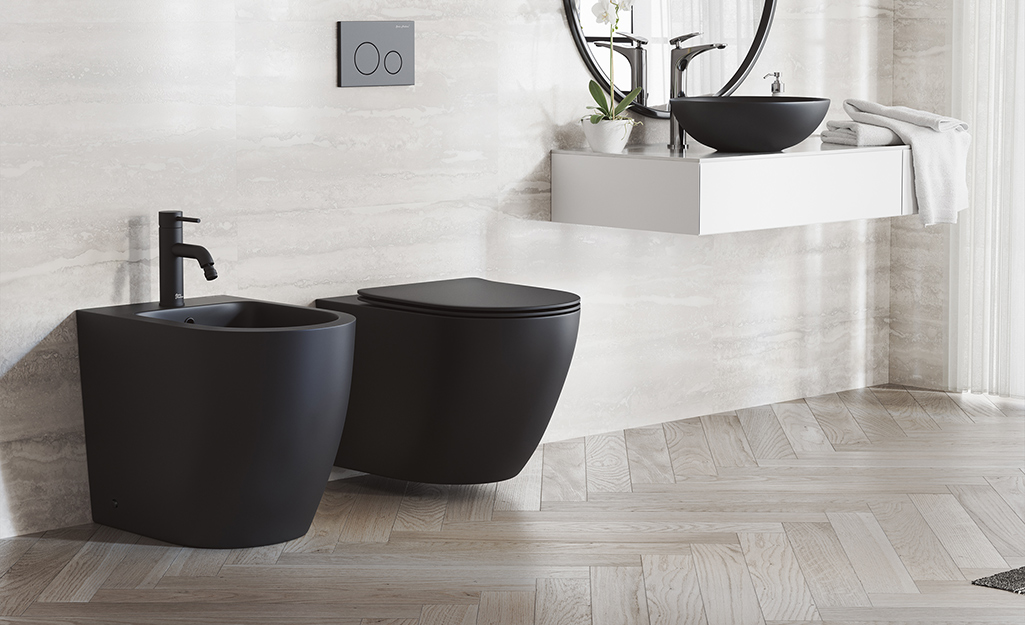In today's fast-paced world, the concept of smart homes has rapidly gained traction, and the bathroom is no exception. The question of how to convert a bathroom to smart has emerged as a popular topic among industry QA professionals seeking to blend technology with daily living spaces. Converting a bathroom into a smart one not only enhances convenience but also promotes efficiency and sustainability.
Imagine stepping into a bathroom that greets you with automated lighting, adjusts the temperature to your liking, and even plays your favorite tunes. This is no longer a futuristic dream but a reality that can be achieved with the right approach and tools.

Understanding the Basics of a Smart Bathroom
A smart bathroom integrates advanced technology and devices to create an environment that is both user-friendly and efficient. Some features may include smart showers, automated lighting, digital faucets, and even smart toilets. These elements are designed to provide comfort while also being eco-conscious.
For those interested in exploring further, our guide to smart bathrooms delves deeper into the distinctions and overlaps within smart home technology.
Key Features of a Smart Bathroom
1. Smart Showers and Bathtubs
Smart showers can be programmed to deliver water at your preferred temperature and pressure. They can even be controlled remotely via smartphone apps. Bathtubs, on the other hand, can be equipped with features like self-cleaning and automated water level management. Learn more about smart toilets for sustainable living to see how similar technology is applied in other bathroom fixtures.
2. Intelligent Lighting
Automated lighting systems, such as those using motion sensors, can detect when someone enters or leaves the bathroom, adjusting the lights accordingly. This not only conserves energy but also adds to the convenience factor.
3. High-Tech Toilets
Smart toilets offer features like automatic flushing, seat warming, and even built-in bidets. They are designed to enhance hygiene and comfort. Consider checking out our article on beginner's guide to smart bathrooms for more insights.
4. Digital Faucets
These faucets allow precise control over water temperature and flow, often integrating touchless technology for added hygiene. They also contribute to water conservation efforts.
Steps to Convert Your Bathroom
Plan and Budget
Begin by assessing your current bathroom setup and determining which smart features you wish to incorporate. Creating a detailed plan and budget is essential to ensure you stay on track and avoid overspending.
Choose the Right Technology
Select devices and systems that align with your needs and preferences. Ensure compatibility with existing smart home systems if applicable. For more ideas, visit eco-friendly smart bathroom design.
Installation
While some devices can be easily installed by DIY enthusiasts, others may require professional assistance. It's crucial to follow installation guidelines to ensure optimal performance and safety.
Maintenance
Regular maintenance is key to keeping your smart bathroom functioning smoothly. This includes software updates, cleaning, and routine checks of all devices.
Why Convert to a Smart Bathroom?
Converting your bathroom to a smart one offers numerous benefits. It enhances convenience, improves energy efficiency, and can even increase the value of your home. Additionally, smart bathrooms contribute to a more sustainable lifestyle by reducing water and energy consumption.
For those seeking further inspiration, the modern bathroom designs feature innovative ideas that can be incorporated into your smart bathroom setup.
Common Challenges and Solutions
While the transition to a smart bathroom is exciting, it does come with its own set of challenges. Connectivity issues, compatibility concerns, and the learning curve associated with new technology can pose obstacles. However, these can be addressed through thorough research and planning.
Conclusion
The journey of transforming your traditional bathroom into a smart one is both exciting and rewarding. By carefully planning and selecting the right technologies, you can create a space that is not only functional but also aligned with modern living standards.
For more insights and ideas, explore our water-efficient bathroom remodel ideas to see how you can further enhance your bathroom's efficiency and sustainability.

FAQ
What is the cost of converting to a smart bathroom?
The cost can vary widely depending on the features you choose to implement. Basic upgrades can start at a few hundred dollars, while a complete overhaul could run into thousands.
Are smart bathrooms energy-efficient?
Yes, smart bathrooms are designed to be energy-efficient, often incorporating technologies that reduce water and energy consumption.
Can I install smart bathroom features myself?
Some features, like smart lighting, can be installed by homeowners themselves. However, more complex installations, such as smart toilets, might require professional help.






